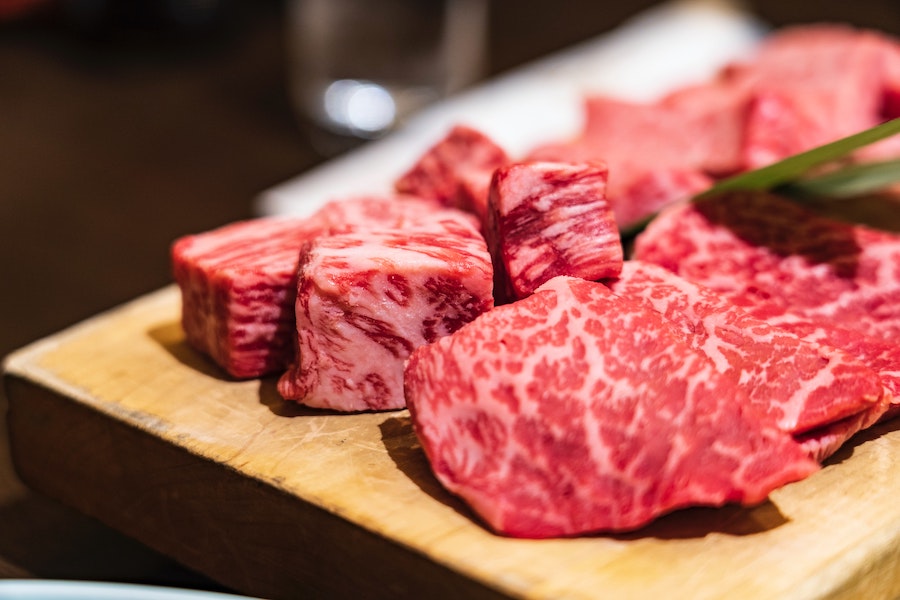No, it’s not the “Unagi” you hear Ross Gellar talk about in the FRIENDS TV show that he incorrectly believes is a state of total awareness.
If you google the umami definition, you might find this explanation: a category of taste in food (besides sweet, sour, salt, and bitter), corresponding to the flavor of glutamates, especially monosodium glutamate. Beef Magazine points out that “It’s pronounced “oo-MOM-ee.”
The Fifth Taste
The Umami Info Center site describes it a little more in depth. Stating its origin and role in food taste. “Taking its name from Japanese, umami is a pleasant savory taste imparted by glutamate, a type of amino acid, and ribonucleotides, including inosinate and guanylate, which occur naturally in many foods including meat, fish, vegetables and dairy products. As the taste of umami itself is subtle and blends well with other tastes to expand and round out flavors, most people don’t recognize umami when they encounter it, but it plays an important role making food taste delicious.”
According to Umami Info Center states that Umami was discovered by a Japanese scientist, Dr. Kikunae Ikeda, in 1908.
Umami roughly translates to “deliciousness,” and can have an elusive meaning. While it’s considered the “fifth taste” what it really is referring to is “That deep, dark, meaty intensity that distinguishes seared beef, soy sauce, ripe tomato, Parmesan cheese, anchovies, and mushrooms, among other things. It hits the back of your throat and leaves you craving more.” According to an article published in 2015 by Hannah Goldfield for The New Yorker titled, “You Think You Know Umami.”

What does umami have to do with beef?
Umami is actually just a common flavor like that of it’s four other kin, salty, sours, sweet, and bitter. It’s the taste of protein.
In an article titled, “The Taste Of Protein | Umani Makes Beef Taste Better,” by Diana Barto, Beef Magazine states that this taste characterizes foods that Americans tend to crave, like steak and potatoes, although it’s plentiful in Japanese cuisine as well as Italian and many other cultural foods.
“Umami is everywhere; it’s not some crazy Japanese idea,” Chef David Kasabian told Beef Magazine. “You love umami and you crave umami — whether you know it or not. The foods you love — the foods that you think of as comfort foods — more often than not they are loaded with umami.”
He goes on to state that “you notice when food doesn’t taste umami because it tends to be a little thin, insipid and not very satisfying.”
“One of the major reasons Americans love beef is because of its umami,” Kasabian says. “Umami is beefy. It’s meaty. It’s savory. It’s all those qualities we associate with beef.”
Monosodium Glutamate
The scientist, Dr. Kikunae Ikeda, who discovered umami found that glutamate was the main active ingredient in Kombu, which is edible kelp consumed commonly in East Asia. He then patented the manufacture of Monosodium Glutamate (MSG). This salt form of glutamic acid is a controversial commercial flavor enhancer that has wide-spread use in the food and beverage industry.
How it works
The article in the Beef Magazine quoted Chef Dave Zino saying, “When you combine umami-rich foods, it’s not like one plus one equals two in terms of flavor. Instead, a 50-50 mixture of two umami compounds can produce eight times as much flavor as either one of the compounds alone. So, the whole is greater than the sum of its parts.
This synergy is part of umami’s crave-creating power, and it explains why certain flavors pair so well with beef.”
The top flavors that pair well with beef? According to this article they are :aged cheeses, bacon, barbecue sauce, mushrooms, red wine, sour cream, soy sauce, tomatoes and Worcestershire sauce.”

Apply it at home
Umami isn’t just about pairings and toppings. It has a lot to do with how you prepare your beef. Besides using the aforementioned accompaniments, you should be sure to prepare your beef correctly, in order to get the most umami taste.
Beef Magazine stated in great detail that “cuts like chuck and brisket are well-exercised muscles on an animal and have more natural umami, but they tend to require slow cooking because they are not as tender. So, for example, braising a pot roast at 200° F for about three hours creates gravy and a tender piece of beef that are both loaded with umami.
In contrast, cuts from less-exercised muscles, such as filet mignon, have less natural umami. So to bring out the umami in filet mignon, you need to sear it and pair it with another umami-rich ingredient, such as a mushroom sauce, Kasabian says.
Another crucial factor in increasing the umami in beef is postmortem aging, Zino says. It’s nature’s tenderizer.
Dry-aged beef has the most umami because of the enzymatic action that takes place during aging and because the flavors get concentrated as the water evaporates, Kasabian explains. Wet-aged has less because the water tends to dilute the enzymatic action of breaking down the proteins into amino acids. Un-aged beef has the least umami.”
Next time your mouth waters when seeing a steak and potatoes, it’s because you’re craving that unique umami taste. Don’t try to fight it, instead, fill your plate full of beef and enjoy! For more information, please research the links provided below.







